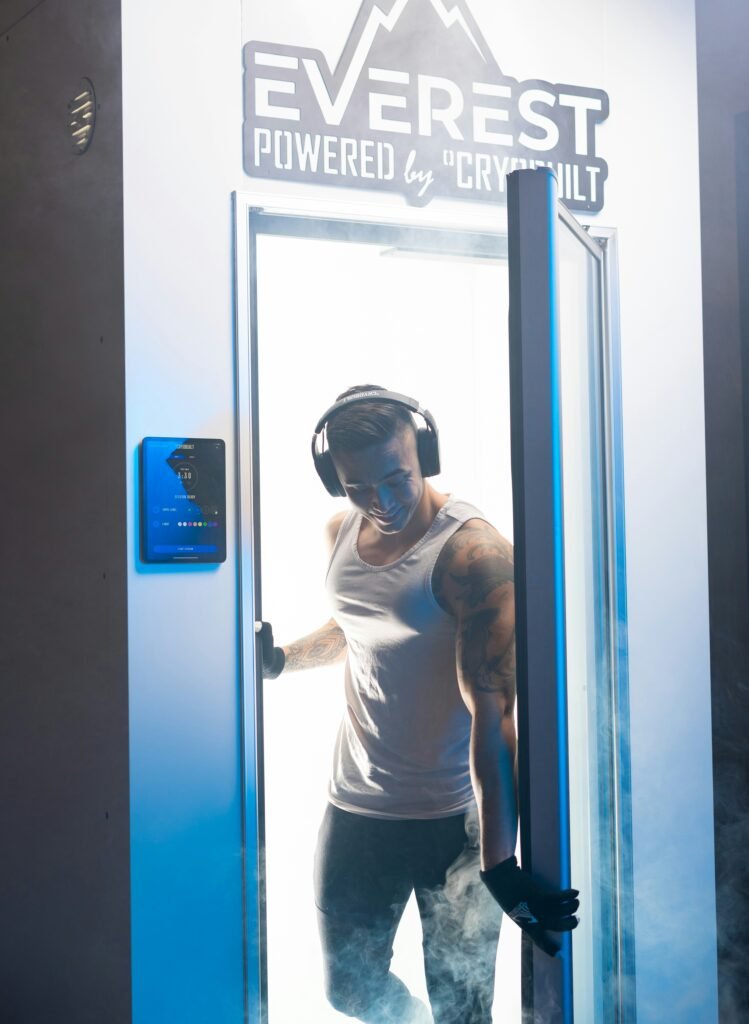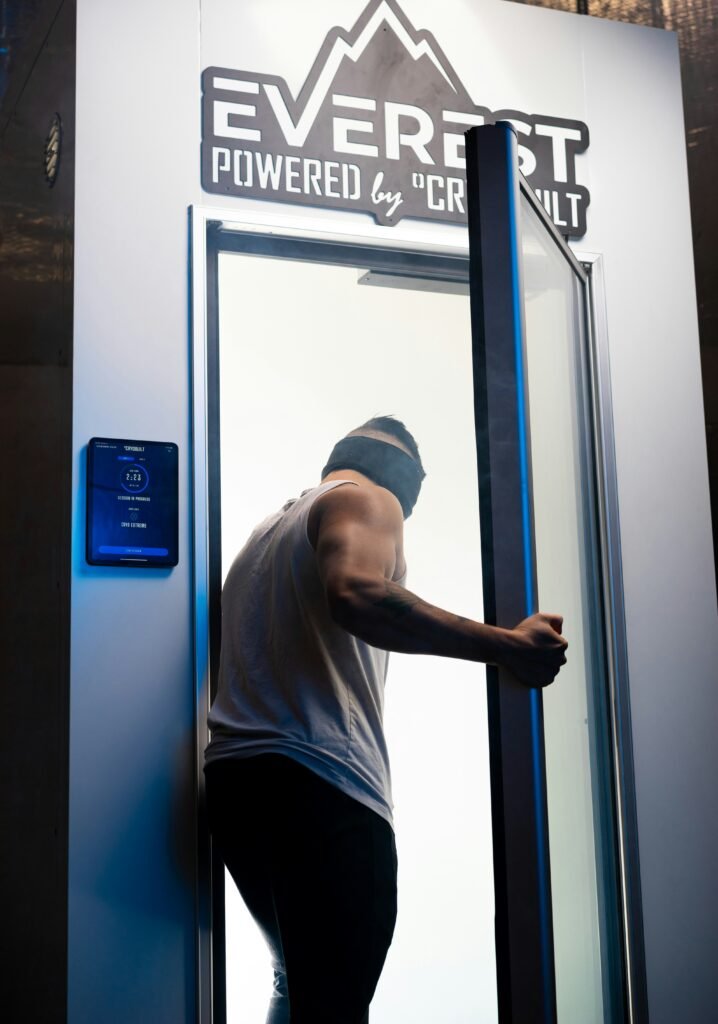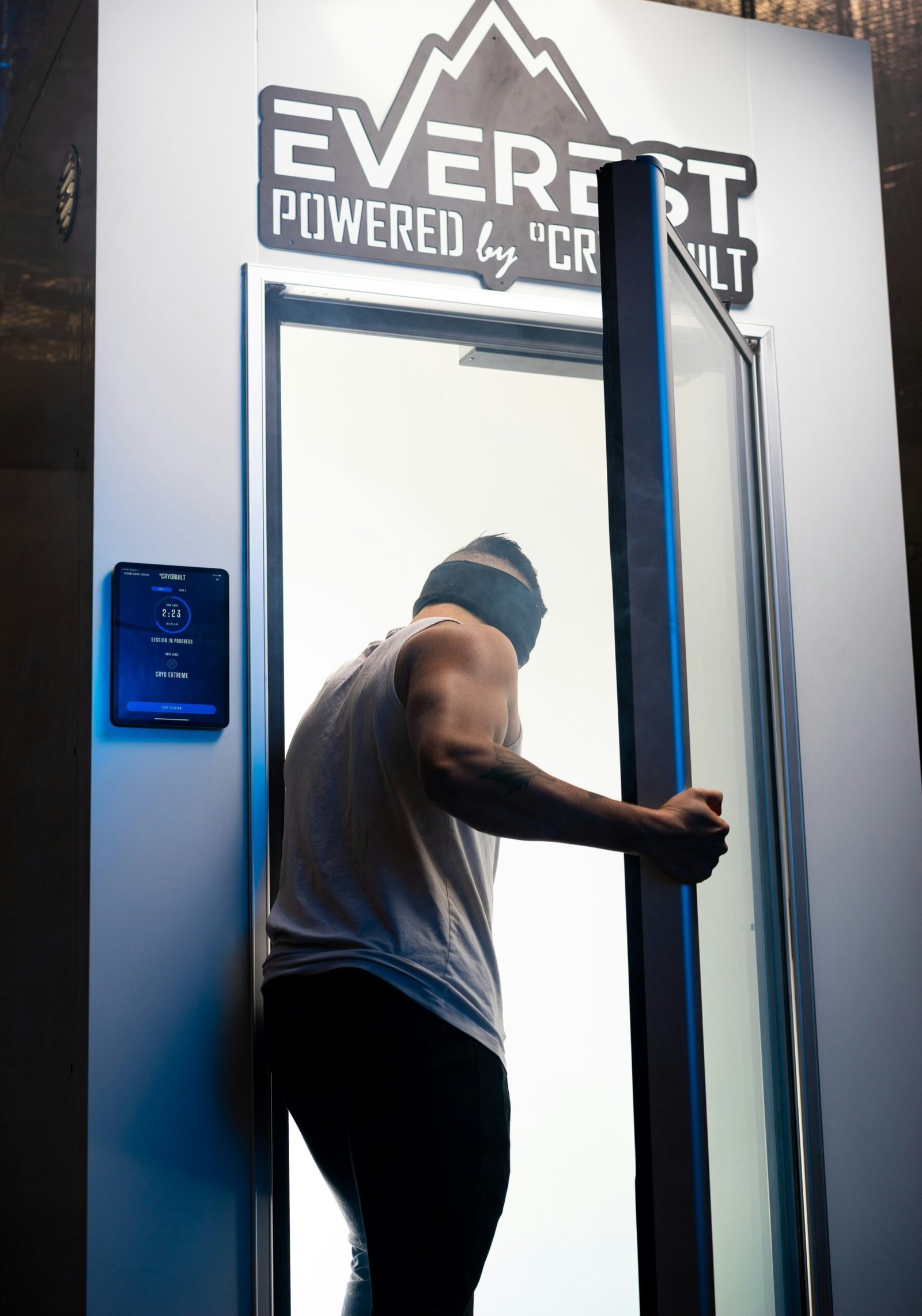Have you ever wondered if taking a cold plunge could really help with inflammation? It seems like a simple concept—just jump into icy water and hope for the best. But there’s more to it than that. Cold plunges have garnered a lot of attention for their potential benefits, especially concerning inflammation. Let’s break it down together.
Understanding Inflammation
Inflammation is your body’s natural response to injury or infection. Picture it as your immune system sending out a crew of repair workers to fix a problem. Mild inflammation is generally beneficial, but when it becomes chronic, it can lead to numerous health issues, including arthritis, heart disease, and even cancer.
Types of Inflammation
Not all inflammation is created equal. Let’s look at the two main types:
Acute Inflammation
This is the kind you want. Acute inflammation occurs suddenly and usually fades away once the underlying issue is resolved. Think of a sprained ankle—you twist it, it swells, and through time and rest, it heals.
Chronic Inflammation
This one can be a real troublemaker. Chronic inflammation sticks around long after the injury has healed and can contribute to various health problems. Factors like poor diet, stress, and lack of physical activity can fuel this fire.
Why Consider Cold Plunge Therapy?
Now that we’ve got inflammation straightened out, why would you consider plunging into cold water as a remedy? The answer lies in how cold exposure interacts with your body. Cold plunges can stimulate several physiological reactions that may help reduce inflammation, among other benefits.
The Science Behind Cold Exposure
When you expose your body to cold, like jumping into a cold plunge, several fascinating things happen that can help combat inflammation. Here’s how it breaks down:
Vasoconstriction
When you first immerse yourself in cold water, your blood vessels constrict. This action limits blood flow to the affected area and can reduce swelling and inflammation. It’s a bit like hitting pause on the inflammation process before it spirals out of control.
Increased Circulation
After you get out of the cold, your body works to return to its normal temperature. This results in a rebound effect—blood vessels dilate, increasing circulation. Better circulation can help flush out inflammatory substances and deliver nutrients that promote healing.
Release of Endorphins
Cold exposure triggers the release of endorphins and other feel-good hormones. While this might not directly reduce inflammation, who doesn’t love a natural mood boost when dealing with pain or discomfort?

The Benefits of Cold Plunge for Inflammation
If reducing inflammation is where your interest lies, cold plunges come loaded with potential benefits. Let’s look closer at how they can help.
Pain Relief
Many people report an immediate reduction in pain after cold water immersion. Cold can numb nerve endings, helping you feel better in the short term.
Faster Recovery Times
Athletes embrace cold plunges for good reason. Research suggests that cold exposure may facilitate quicker recovery from intense workouts or injuries by reducing muscle soreness and inflammation.
Improved Immune Function
Cold exposure has also been linked to heightened immune response. While more research is needed, some studies suggest that routine cold water immersion can boost your body’s ability to fight off illnesses, which could indirectly reduce inflammation levels.
How to Incorporate Cold Plunge Therapy
Thinking about giving cold plunging a go? Here are some practical steps to get started safely and effectively.
Safety First
When dealing with anything involving extreme temperatures, your safety is paramount. Here are some pointers:
- Consult Your Doctor: Especially if you have pre-existing conditions like cardiovascular issues.
- Limit Duration: Start with short durations (1-3 minutes) and gradually increase as your body acclimates.
- Monitor Your Body: Pay attention to how you feel. If you experience numbness, extreme discomfort, or dizziness, emerge from the water immediately.
Choose the Right Environment
You can find several options when it comes to cold plunges:
- Natural Bodies of Water: Lakes, rivers, or cold ocean waters are great if you’re near one.
- Ice Baths: Fill a tub with cold water and ice. A popular choice especially among athletes.
- Cold Showers: If a full plunge feels daunting, you can start with cold showers to ease into the experience.
Frequency Matters
How often should you cold plunge? While it varies depending on individual goals and preferences, many find benefits from doing it 2-3 times a week. It’s a self-care practice that might require some trial and error to discover what’s best for your body.

What the Research Says
It’s always helpful to look at the studies backing up the claims surrounding cold plunges and inflammation. Here’s a summary of some key findings:
Study Findings: Physical Therapy and Recovery
A study published in the “Journal of Sports Science and Medicine” found that athletes who engaged in cold water immersion after strenuous exercise experienced significantly reduced muscle soreness and inflammation compared to those who did not.
Immune Response Research
Another research article from “PLOS One” indicates that regular cold exposure can enhance white blood cell production and improve immune responses. This improvement could potentially mean lower levels of chronic inflammation in the long run.
Psychological Effects
In a study examining the psychological effects of cold exposure, researchers from the “International Journal of Circumpolar Health” concluded that cold water immersion could improve mood and mental clarity, which could be beneficial for those battling the mental toll of chronic inflammation.
Cold Plunge vs. Other Anti-Inflammatory Techniques
While cold plunges pack a punch, it’s always a good idea to have a variety of tools in your arsenal when it comes to managing inflammation. Let’s see how cold plunges compare to other popular methods.
Cryotherapy
Similar to cold plunges, cryotherapy involves exposing the body to very cold temperatures through nitrogen-cooled air. While it shares some benefits, it can be more costly and less accessible than cold plunges.
| Method | Benefits | Accessibility | Cost |
|---|---|---|---|
| Cold Plunge | Pain relief, faster recovery | High (DIY options) | Low to Moderate |
| Cryotherapy | Reduced inflammation, pain relief | Moderate (clinics) | High |
Anti-Inflammatory Diet
Incorporating foods that combat inflammation is another fantastic way to manage your body’s inflammation levels. Foods rich in omega-3 fatty acids, antioxidants, and fiber can significantly aid in this regard.
| Food Type | Examples | Benefits |
|---|---|---|
| Omega-3 Fatty Acids | Salmon, walnuts | Reduces inflammation |
| Antioxidants | Berries, green tea | Fights free radicals |
| Fiber | Whole grains, fruits | Supports gut health |
Regular Exercise
Exercise is a phenomenal way to naturally reduce inflammation. It boosts your immune system, aids in circulation, and helps with weight management—all of which can mitigate chronic inflammation.

Are There Risks to Cold Plunge Therapy?
Like any wellness practice, there are risks associated with cold plunges. While they can be beneficial, it’s wise to be informed.
Potential Risks
- Shock and Hypothermia: Sudden exposure to cold can shock your system. Gradual acclimatization helps to mitigate this risk.
- Cardiovascular Issues: If you have heart problems or specific medical conditions, consult a healthcare provider before trying cold plunges.
- Anxiety and Stress: Some might experience increased anxiety when exposed to extreme temperatures. Understanding your mental threshold can help.
Signs to Watch For
While you’re integrating cold plunges into your routine, keep an eye open for red flags, such as:
- Numbness or tingling that doesn’t go away.
- Excessive shivering that leads to discomfort.
- Elevated heart rate, especially if you start to feel faint.
Final Thoughts: Is Cold Plunge Right for You?
At this point, you might be reflecting on whether cold plunges suit your lifestyle and health journey. While the science supports many potential benefits, it’s ultimately a personal choice that aligns with your preferences and health goals.
Experiment and Learn
Start slow and listen to your body. And remember, everyone’s experience can be different. What feels revitalizing for one person could be overwhelming for another. It’s about finding the right balance for you.
Embrace Self-Care
If you do decide to try cold plunges, consider it one piece of a broader self-care puzzle. Combine it with healthy eating, regular exercise, and mindfulness practices. You deserve to feel your best.
In your quest for better health and reduced inflammation, you have the power to experiment and discover what methods truly resonate with your body and lifestyle. Whether you embrace cold plunges or not, being informed is key.


